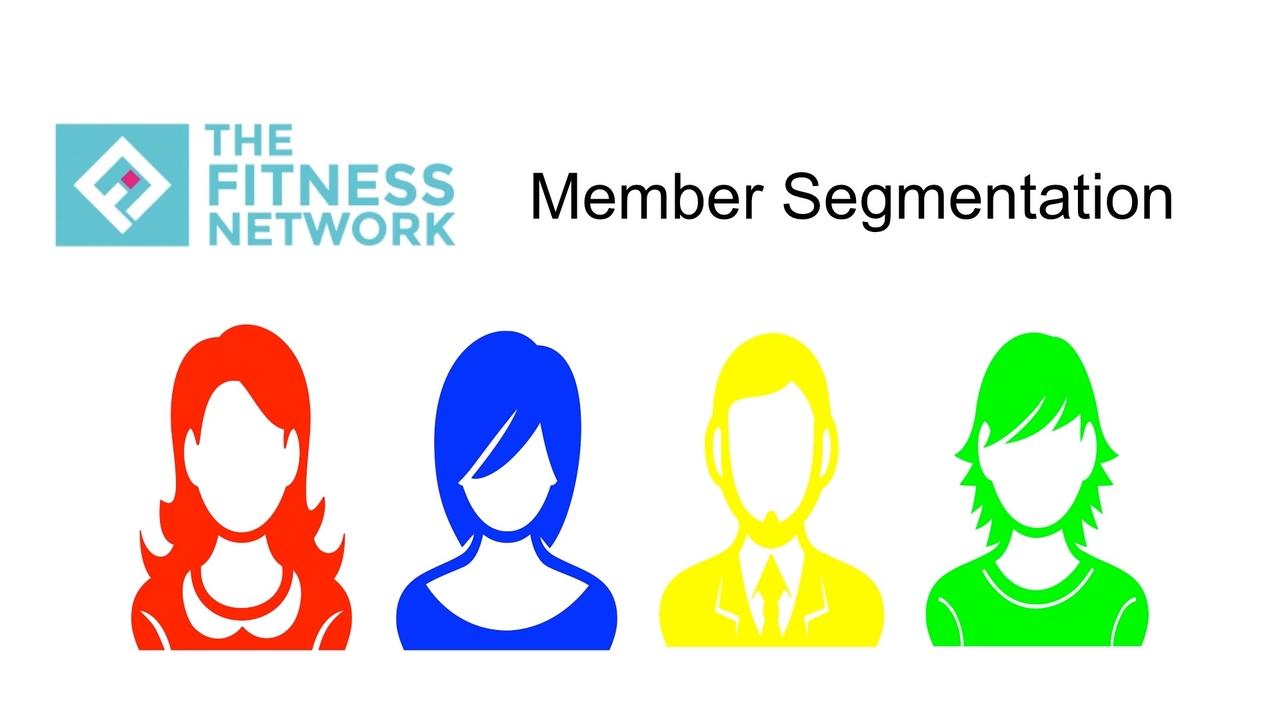Using segmentation to maximise member retention.

This article first appeared in the Fitness Network
Using segmentation to maximise member retention.
One of the best ways to positively impact retention is to exceed your members’ expectations. However, with potentially thousands of members, understanding their needs in the first place can be challenging. Many operators use the Net Promoter Score (NPS) because it’s quick to administer, and the results are easy to analyse. However, they often miss a trick by diving straight into the findings, without fully understanding how their membership base is made up.
1. You firstly need to understand as much as you can about your current members; how long they’ve been a member, their age and gender for example. Building this picture is the first part of identifying how best to respond to your members’ needs and really impact retention.
2. You then need to ensure that the responses you’ve got are representative of your membership base. For example, if females over 55 years old make up 40% of your members, then they should make up the same percentage of your NPS responses. While a larger sample size is desirable, you’ll end up with skewed results if the sample isn’t representative of a cross-section of your membership base.
3. When it comes to the analysis, you might run reports on the responses based on the length of membership, visit frequency, as well as the main activities undertaken. You’re then able to identify areas to be addressed, and how best to do so. For example, if new members are feeding back that their expectations are not being met, it points to the sales process and what is being explained to them.
4. Visit frequency is the factor that most significantly impacts retention. Grouping responses based on visit frequency allows you to identify what your most frequent visitors value (so you’re able to ensure your standards remain high in this area), as well as helping to build a picture of what contributes to the lower frequency of those that attend the least (less than once a week).
5. Understanding what your members do when they visit your centre is also valuable. If members that attend classes or use the pool are among your lower NPS results it can suggest opportunities for development in these areas.
6. If you’re able to, there’s a value in going beyond the geodemographic information and looking at psychographic information. This involves identifying the attitudes and behaviours of your members and creating avatars of up to 24 types of members. This requires a greater level of initial time and energy to get set up but it can be more insightful than demographical information alone. This is because behaviours and attitudes cannot be accounted for by age and gender in the same way as they might have been historically.
7. Ultimately knowledge is power, and the more you know, the better able you are to identify exactly how best to deploy your resources in order to impact retention based on member feedback.

Join our Free Retention Guru Community
This group is for those who want to increase retention, reduce attrition and improve the customer experience in a health club environment. It's here for you to share your wins, your challenges and your experiences. It’s here so that you can find support and be supportive.

